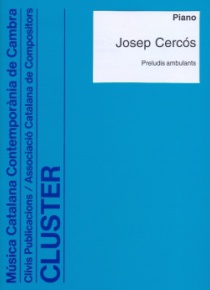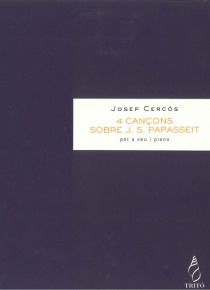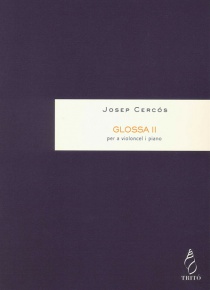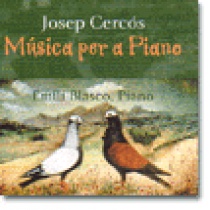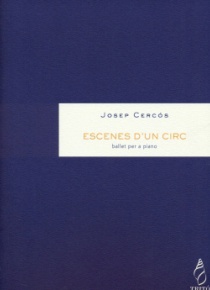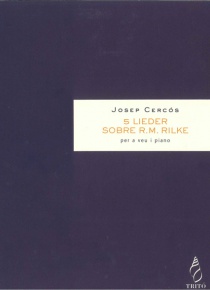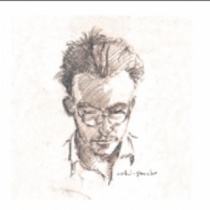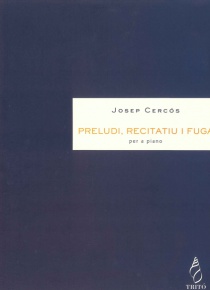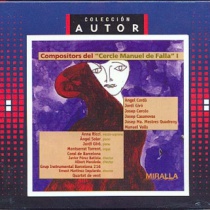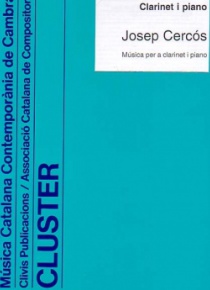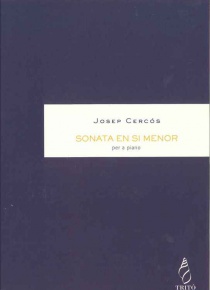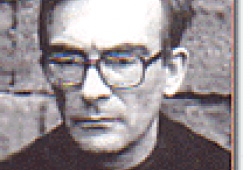
Cercós was almost self-taught at first and post romanticism left its mark on his early works Symphony no.1 (1942), Symphony no.2 (1946) but his formal education with Ricard Lamote de Grignon and Cristòfor Taltabull would lead him to a Neo-Classical style Sonata in B minor (1952), Symphony no.3 (1954). Later, after discovering the European avant-garde in the courses of Scherchen at Gravessano where he met the composers Xenakis and Nono and following his innate instincts toward research and speculation he began a stage in his development which was characterized by a respect for tradition and a very personal concept of what contemporanity meant. His works were clearly experimental ??Sigma 24 (1960) or used serial techniques Octet (1968-69) but later became almost unclassifiable, such as the two Glosses for cello and piano (1972) and the remarkable Chamber Symphony (1974). In his Dos retaules (1983) we see a change in his aesthetic approach. He tends to synthesize earlier periods but now, based on a consolidated theoretical system.
Publications (18)
Josep CercósAll the products
Josep Cercós



